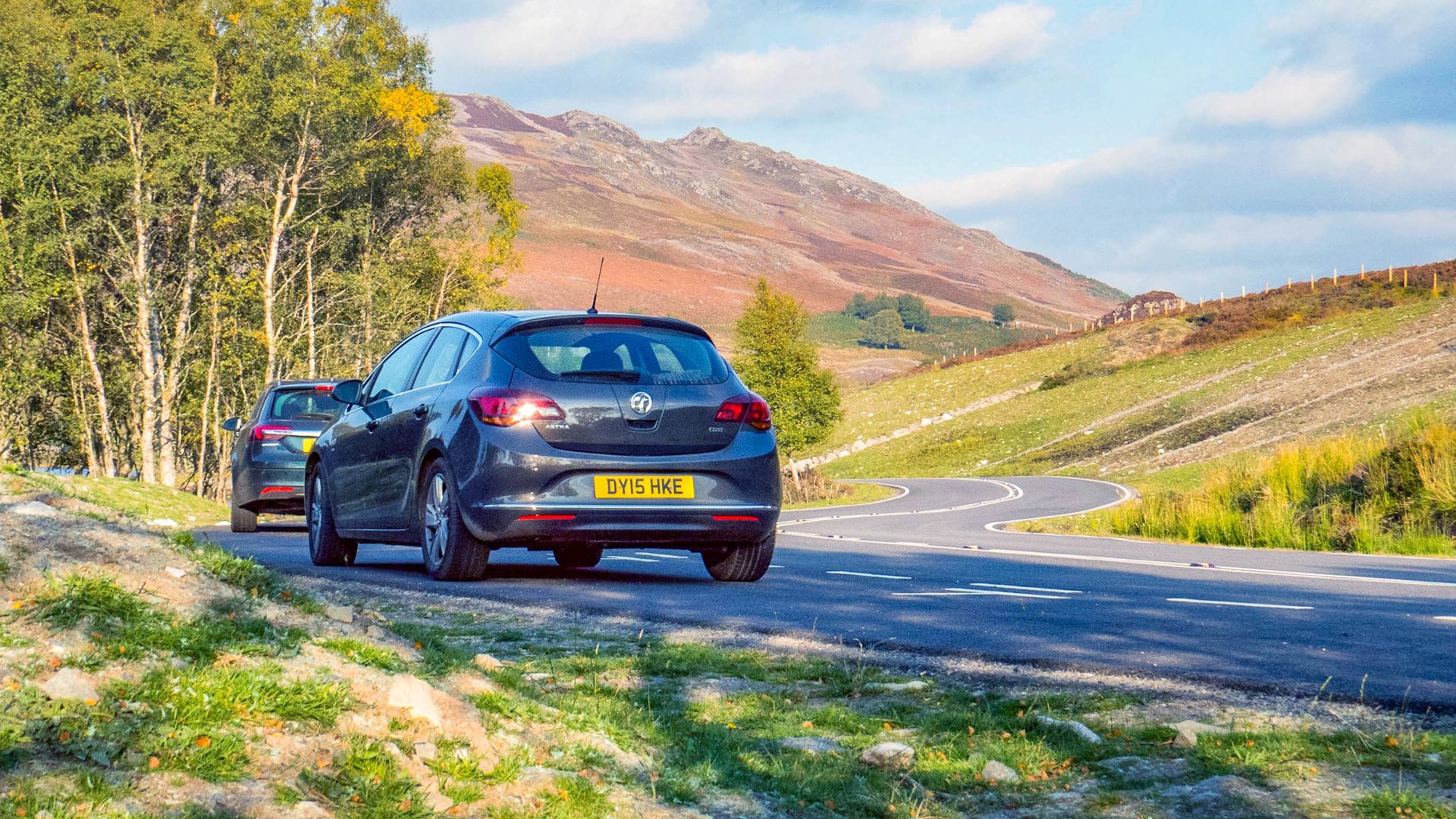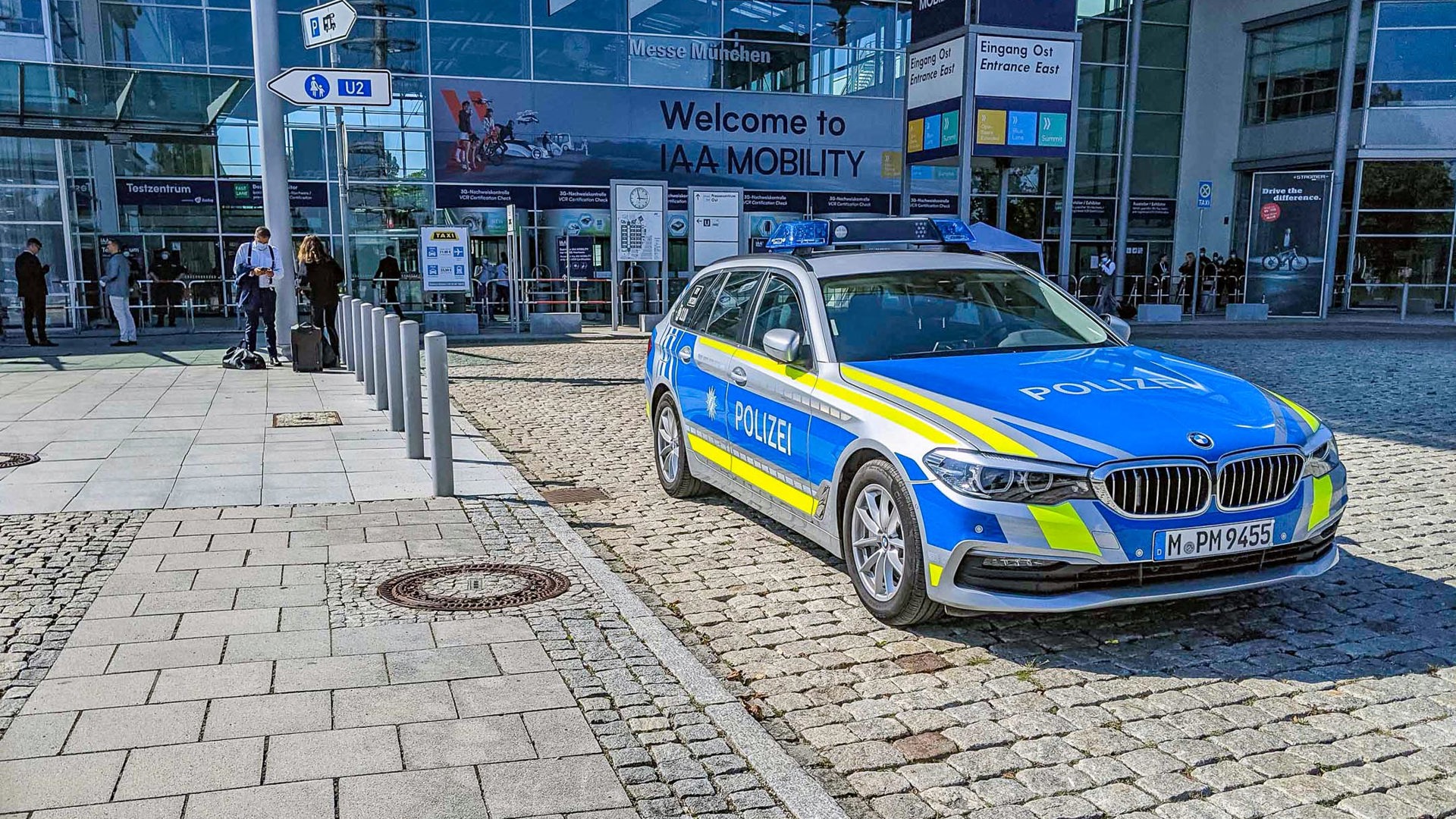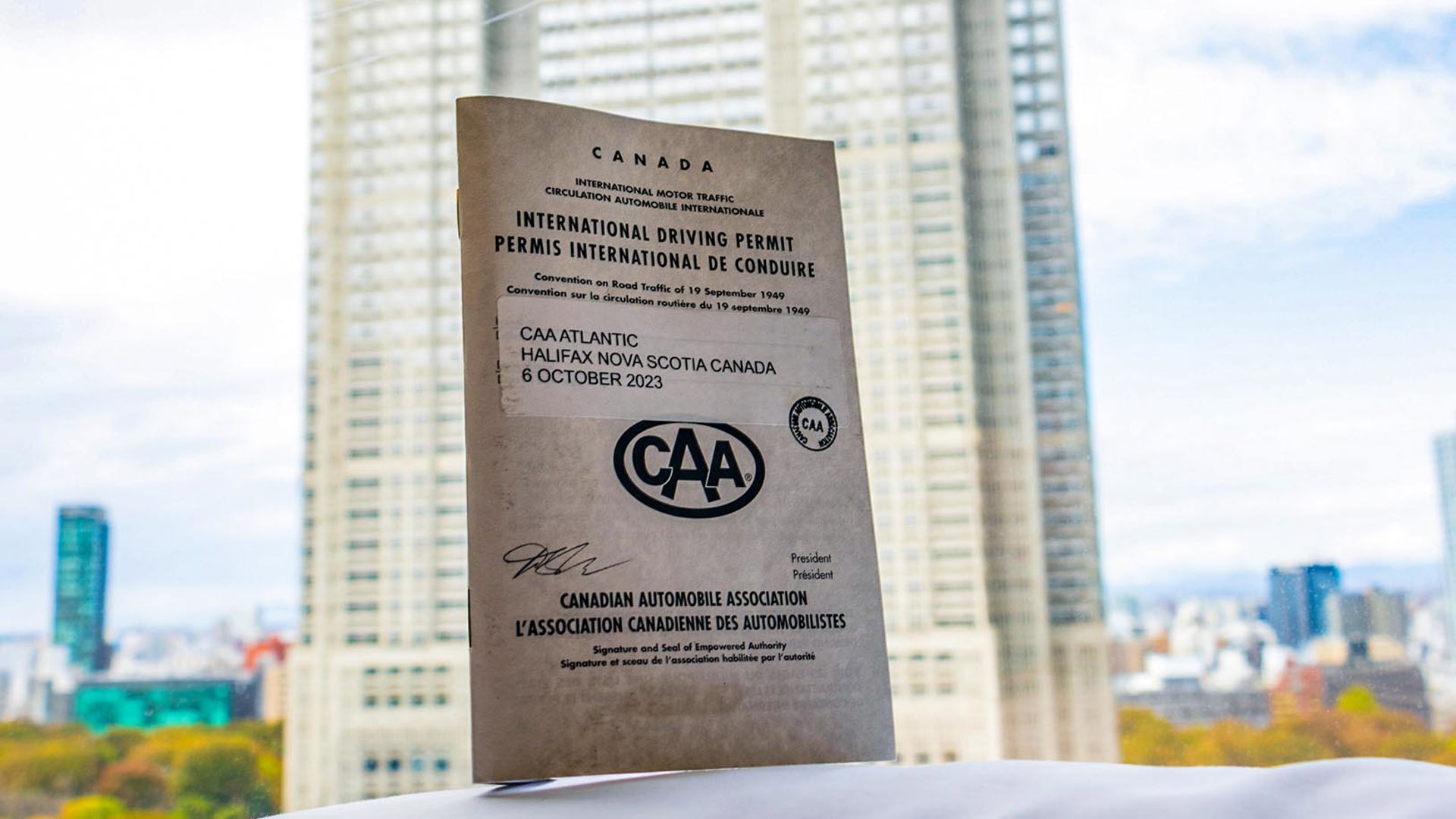If you have a driver’s licence from Canada, does that allow you to drive anywhere? In many countries, yes, but if you’re planning on heading further abroad than the U.S., especially to a place where English isn’t the prevailing language, you will need another document called an International Driving Permit (IDP). Here’s what it is, what it does, and where you can get one.
What Is an International Driving Permit?

All Canadian provincial and territorial driver’s licences are valid in all of Canada as well as all of the United States of America. We share a border, so the two countries signed agreements decades ago that let you use your licence and your insurance on either side of the border.
Driving further abroad is covered under United Nations treaties that date back as far as 1926. Today, two main treaties apply to using your driver’s licence in a foreign country – the 1949 Geneva Convention on Road Traffic and the 1968 Vienna Convention on Road Traffic.
Feel free to read the treaty documents if you’re having trouble sleeping, but there are only a few things you need to know. One is that Canada is only a signatory to the first treaty.
The conventions cover basic rules of the road, as well as suggested standards for road markings and vehicles, but more importantly for our purposes, it says that every country that has signed the agreement will accept the licence of any other country that has signed. Chapter V, however, says that said countries can demand an International Driving Permit. Standards for the permits are set out in the treaty.
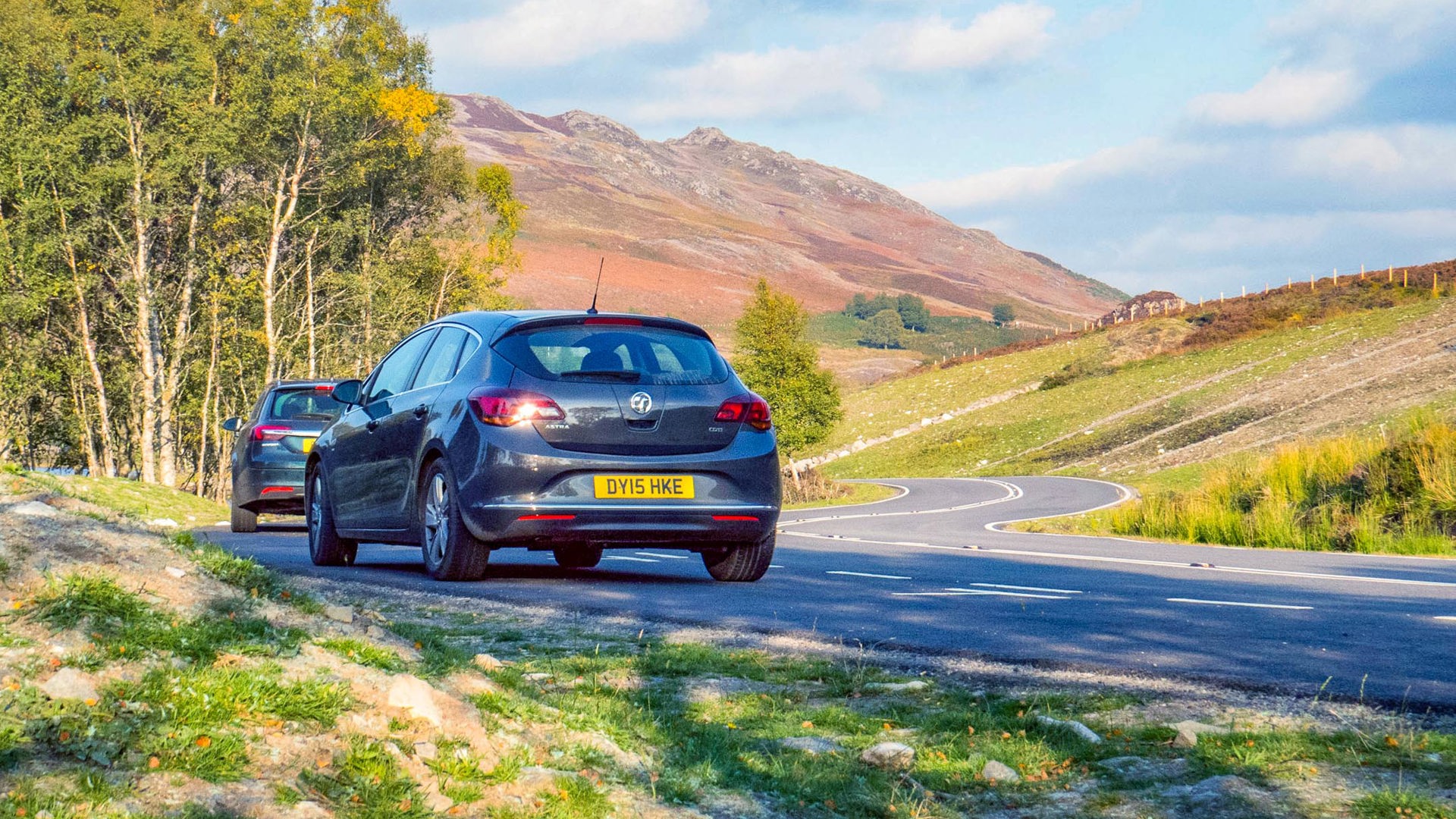
The purpose of the IDP was to create a document that 1) could be universally recognized as being a valid permit to drive, and 2) could show valid translations of the driver’s details in all official languages of the UN and up to six others to avoid language barriers if you’ve been involved in a collision or are pulled over by law enforcement.
An IDP shows your full name, date of birth, current address, and place of birth. It also shows officials what categories of vehicles you’re allowed to drive. There are five classes of vehicles ranging from motorcycles to commercial trucks with heavy trailers. The document also lists restrictions, like the need for corrective lenses.
If you have an IDP, you still need to have a driver’s licence from your home province or territory to accompany it. An IDP alone is not a valid licence and you can’t use it at all in your home country.
The point of an IDP is to help local officials understand your licence and to certify that you really do have one in your home country. It also helps to ensure you’re driving only vehicles you’re allowed to drive at home, all to improve road safety. If you can’t drive a tractor-trailer at home, you probably shouldn’t be able to drive one on vacation, though drivers from Europe would likely be shocked to see Canadian drivers with a standard licence and a 50-foot RV.
Where Will I Need an International Driving Permit?
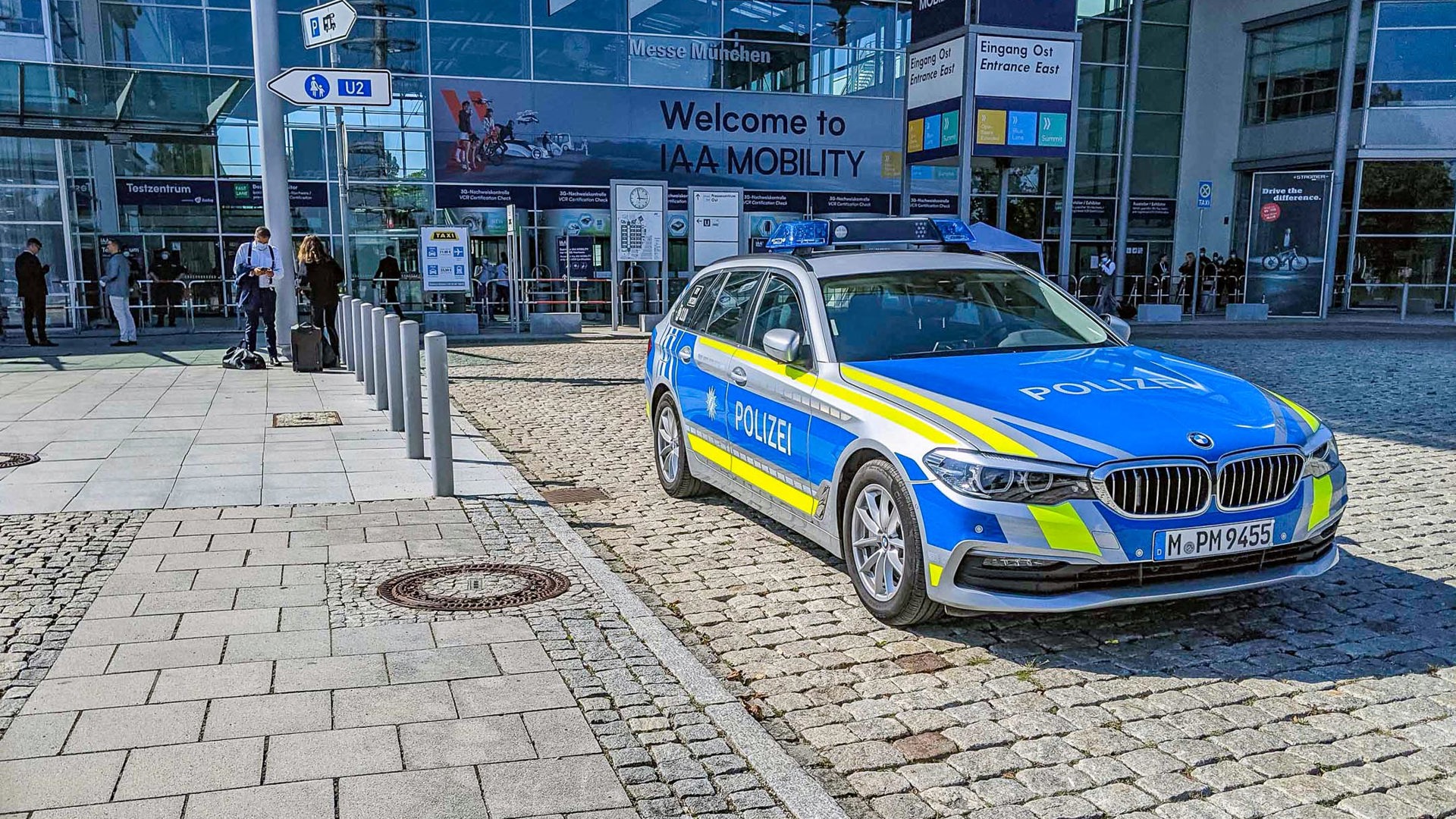
If you’re travelling to another country, the easiest way to find out if you’ll need an IDP is to check the Government of Canada’s travel advisory site. It’s a good resource for any international travel because it has warnings, advisories, and other advice, but it also covers driving.
Many of the countries listed as requiring a permit might be flexible about it. You’re unlikely to be asked for one in the United Kingdom, for example, and a quick survey of my colleagues suggests that most countries in the European Union won’t ask for one either.
On the other hand, you won’t find out for sure until you try to sign out your rental car once you’re at the airport. By then, it’s far too late to get an IDP. You can get one by mail, but there is no way to expedite or rush the process. Our recommendation would be to follow the guidelines provided by the feds.
Only some countries will accept your Canadian licence, even with an IDP. China, for example, requires you to have a Chinese driver’s licence. This licence isn’t something you can get in a few hours, making it one of many countries where Canadians are not welcome to drive.
Only around 100 countries are party to the 1949 treaty, while far more are party to the 1968 treaty. If you are travelling to a country that only accepts permits conforming to the 1968 treaty, you might be out of luck if you’re planning to drive. You can’t get one of those permits with a Canadian licence.
How Do I Get an International Driving Permit in Canada?
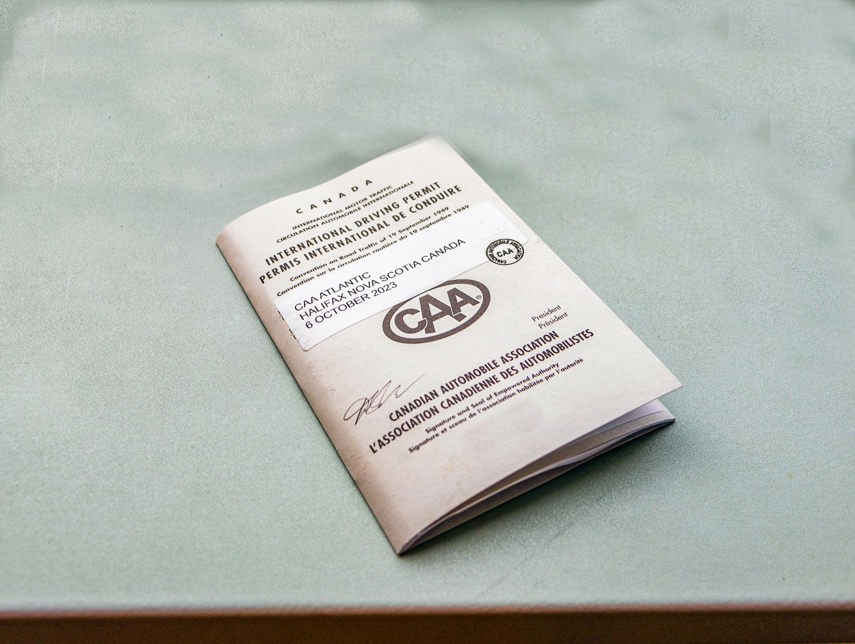
In Canada, getting an International Driving Permit is easy. The only place to get it is your local Canadian Automobile Association (CAA) affiliate, either in-store or by mail. CAA comprises constituent clubs and divides the country into eight regions, each with its own instructions and locations. It’s quickest to reach out to your local club, and CAA’s website should redirect you appropriately.
It’s a simple process. You’ll need your current and valid Canadian licence and a passport photo. If you don’t have a passport photo, your local CAA club can likely take that picture at the same time as you apply for the permit.
In person, it took around 10 minutes for my IDP to be printed, prepared, and stamped. Plus a few more minutes for the ink to dry.
If you have time but don’t have a local office, you can apply for an IDP by mail. Send in photocopies of your licence and the photos, and you’ll get a permit in the mail in a few weeks.
The cost is around $30, though that can change depending on your region, plus the cost of a passport photo, which was $20 at my local office. You don’t need to be a CAA member to get an IDP. The permit is valid for one year.
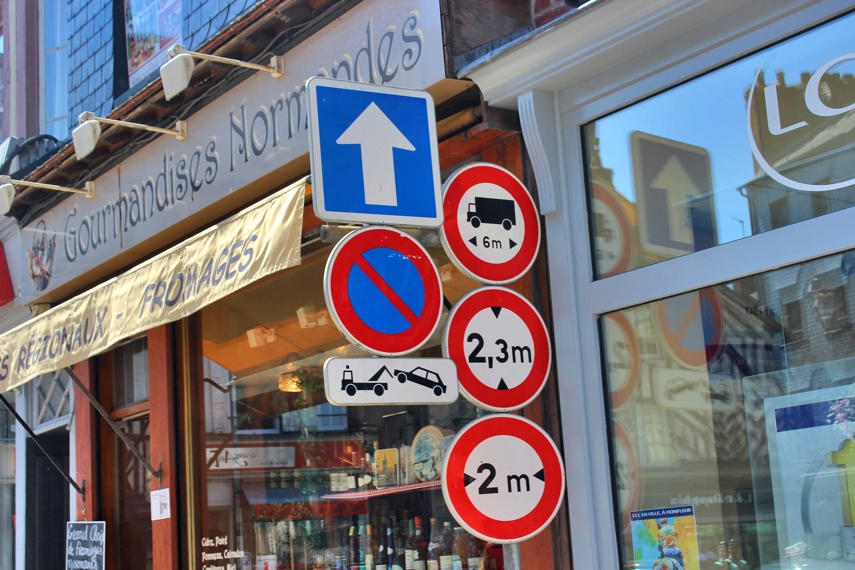
Even with an IDP, you need to follow the rules of the road in the country where you’re driving. While the government’s travel site is full of important suggestions and recommendations (including strongly hinting that you should use taxis in some countries instead of driving), it can’t list every little detail.
Road rules can be very different, even from province to province. Adding language barriers and a new set of laws can leave you in a real jam in the event of a collision, and not having the correct documents will only make the problem worse.
If you’re planning a road trip the next time you travel abroad, add an International Driving Permit to your planning checklist. Make sure you have your passport, your wall outlet converters, and your IDP. Make your next international road trip a safer and simpler experience, and spend more time on the scenery and less time at the rental counter or the roadside.

